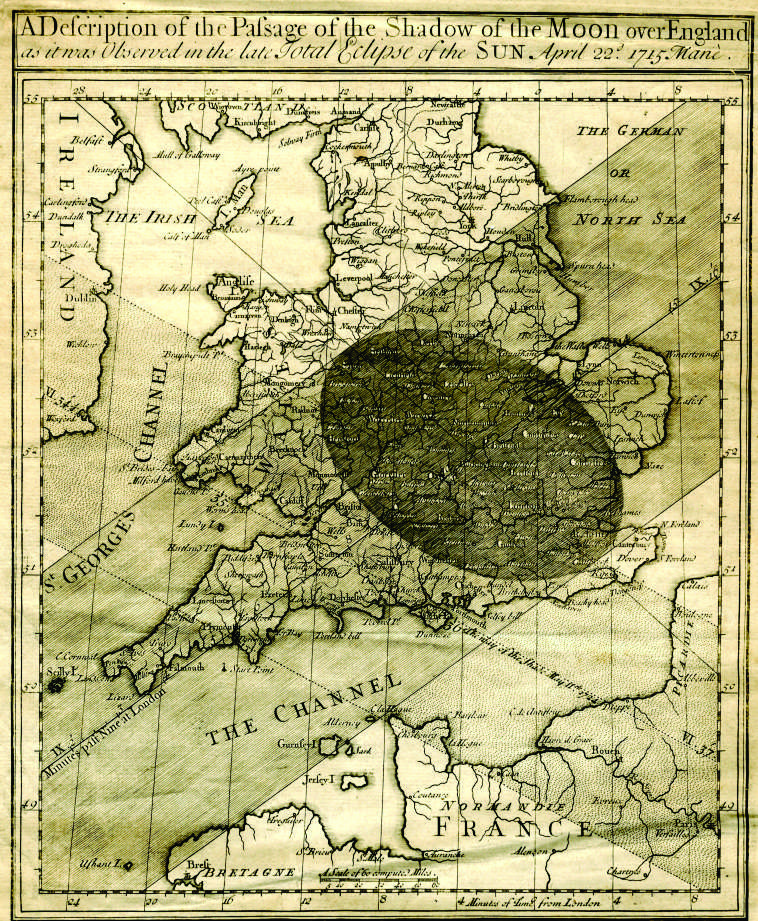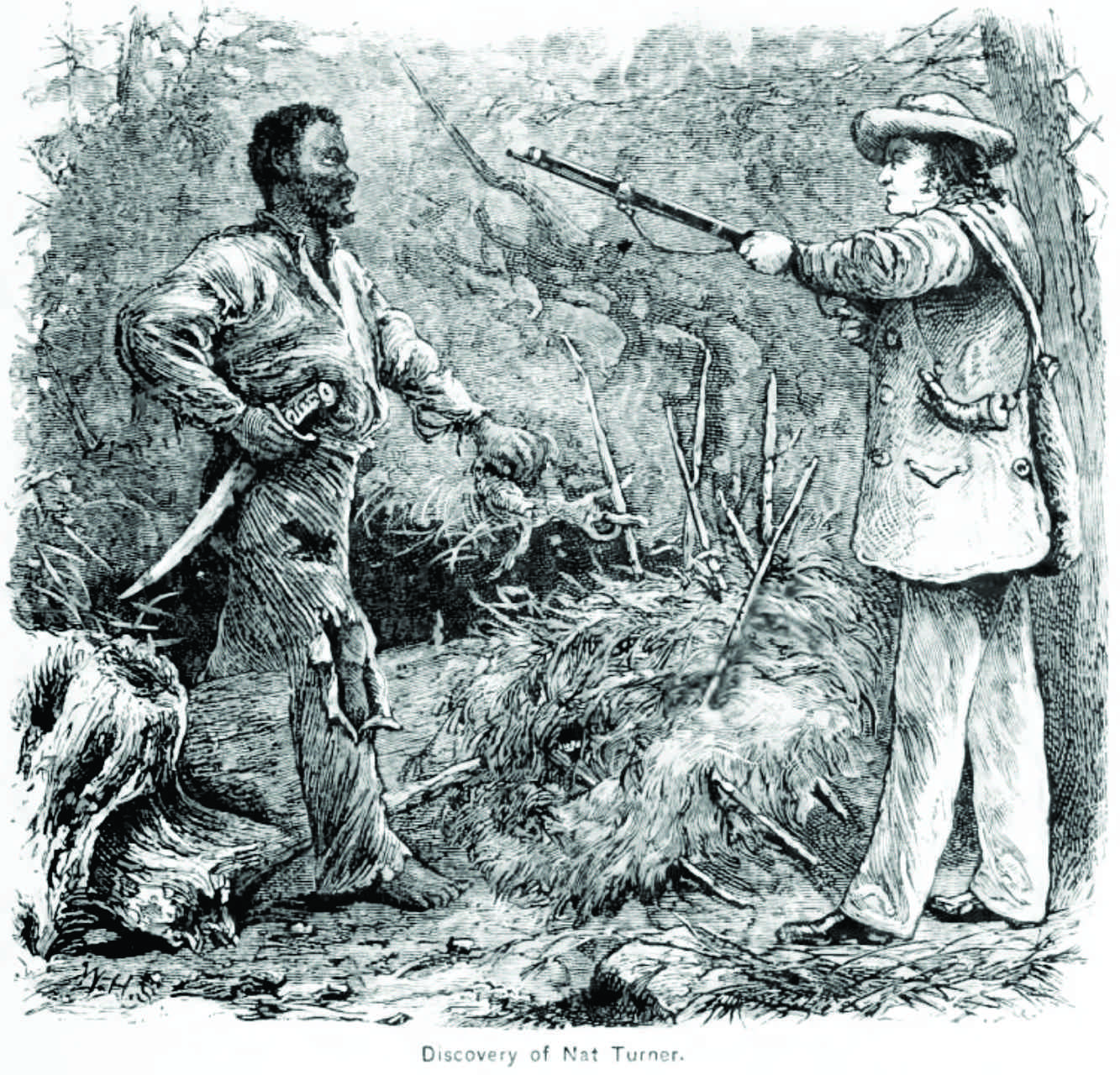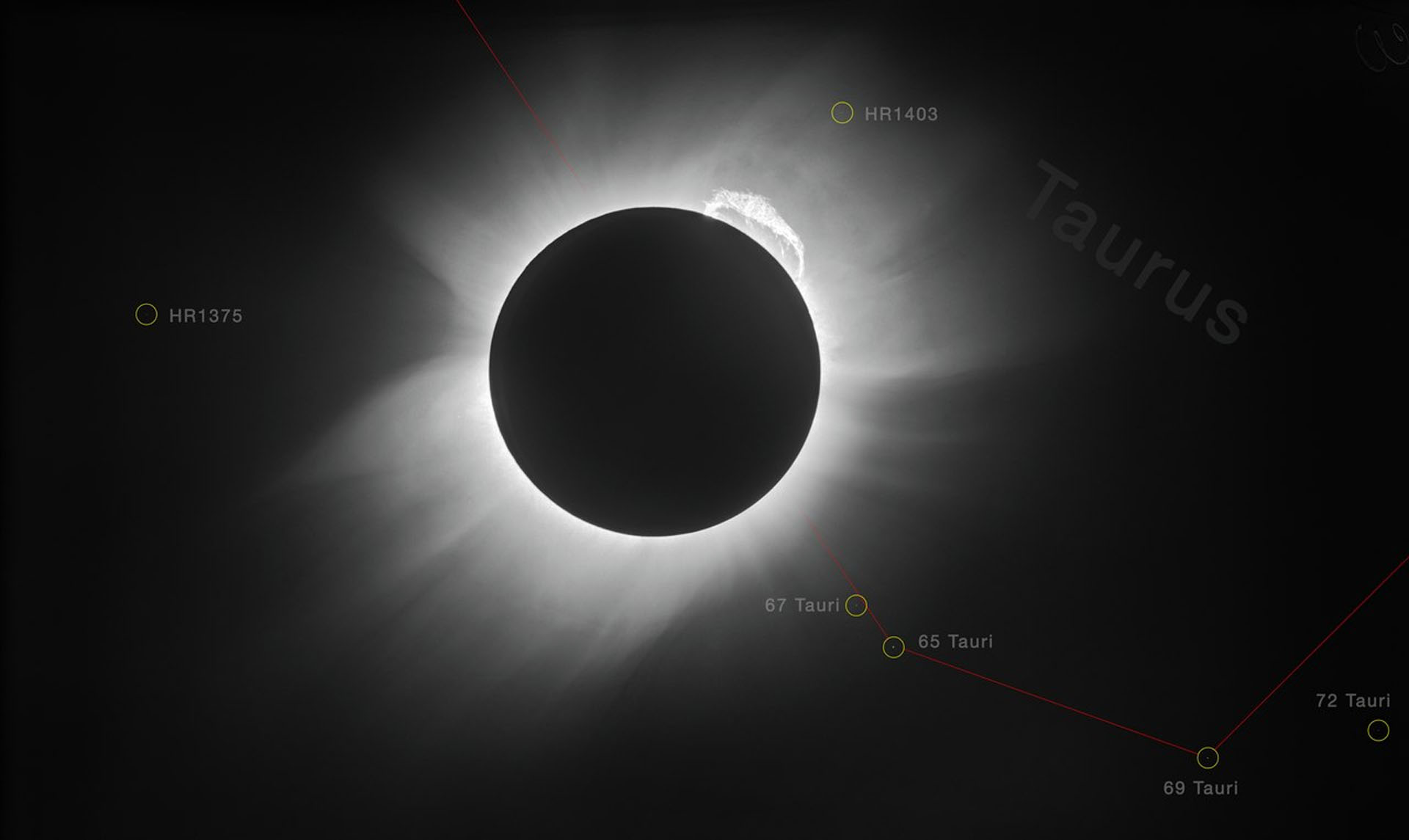Total solar eclipses are quite dramatic events, and by their unusual and sometimes terrifying nature have had some significant influences in history. Here are a few of the more interesting ones.
King Henry’s Eclipse, 1133
On August 2, 1133 CE a total solar eclipse occurred in England. A contemporary account stated that “the day darkened over all lands; and the Sun became as it were a three-night-old Moon, and the stars about it at mid-day. Men were greatly wonder-stricken and were affrighted, and said that a great thing should come thereafter.” King Henry I of England (1068 – 1135), the son of William the Conqueror, did die after the eclipse, although his death occurred four years later in 1135 CE as a result of food poisoning from eating too many lampreys (i.e. eels). Despite the four year interval between the eclipse and Henry’s death, the passing of King Henry I was widely believed to have been foretold by the eclipse and only served to reinforce the then common belief that eclipses were bad omens for monarchs.
- The view to the right in the main panel shows King Henry’s eclipse. Press the Run Time Forward button to run this eclipse.
Halley’s Eclipse, 1715
The total solar eclipse of 1715 CE is historically significant because English astronomer and physicist Edmund Halley (1656 – 1742) produced the first map for an eclipse event that showed the predicted path of the umbra on the ground. A careful examination of Halley’s map shows that the eclipse is dated to occur on April 22, 1715. This, however, is the old Julian calendar date; England only adopted the “new” Gregorian calendar in 1752. The proper date for Halley’s eclipse using the modern calendar is thus actually May 3, 1715.
- Click here and press the Run Time Forward button to see Halley’s eclipse as viewed from the Stonehenge megalithic site.
Nat Turner’s Eclipse, 1831
Nat Turner (1800 – 1831) was an African American slave who led a slave revolt in Virginia in 1831. Turner believed that he could hear divine voices and see prophetic visions. He stated that “I had a vision ... I saw white and black spirits engaged in battle, and the sun was darkened.” A solar eclipse occurred on Feb. 12, 1831 CE which Turner interpreted as a message from God urging him to begin planning for a slave insurrection; Turner eventually began his slave revolt on August 21. Although the revolt was quelled after two days, Turner himself evaded capture for an additional two months before eventually being caught. Turner was hanged on November 11. The recent 2016 film The Birth of a Nation recounted the story of Nat Turner’s slave revolt.
- Click here and press the Run Time Forward button to see a close-up view of Turner’s eclipse as seen from Richmond, Virginia.
(Note: Turner’s eclipse was not a total solar eclipse in which the Moon completely covers the Sun’s disk. Turner’s eclipse was instead an annular eclipse in which the Moon is too far away from the Earth to completely cover the Sun’s disk. A bright ring is still visible around the Sun at maximum coverage during an annular eclipse. Approximately 96% of the Sun was obscured during the annular eclipse that Nat Turner observed on Feb. 21, 1831.)
Einstein’s Eclipse, 1919
The total solar eclipse of May 29, 1919 CE is important in Science history because it provided the first experimental test of Albert Einstein’s general theory of relativity. Einstein’s theory had predicted that the very fabric of space would be warped by the presence of large massive bodies like the Sun. This warping would cause light to travel in a curved path near a massive body instead of in a straight line. This prediction was test by Sir Arthur Eddington (1882 – 1944), an English physicist, during the May 29 total solar eclipse. Eddington observed in an expedition to the island of Principe off the coast of West Africa that light from the Hyades star cluster was indeed warped by the eclipsed Sun in complete accord with Einstein’s theory.
- Click here and press the Run Time Forward button to see a ground view of Einstein’s eclipse as seen from the island of Principe.
- Click here and press the Run Time Forward button to see the same eclipse but with the Hyades star cluster highlighted. (The general outline of the cluster has been highlighted with lines; the Hyades star cluster is in the constellation Taurus and these lines represent part of the Taurus constellation. Daylight has been turned off in this simulation in order to make the stars more visible.)
- Click here and press the Run Time Forward button to see a view of Einstein’s eclipse from space with the Hyades cluster again highlighted.





